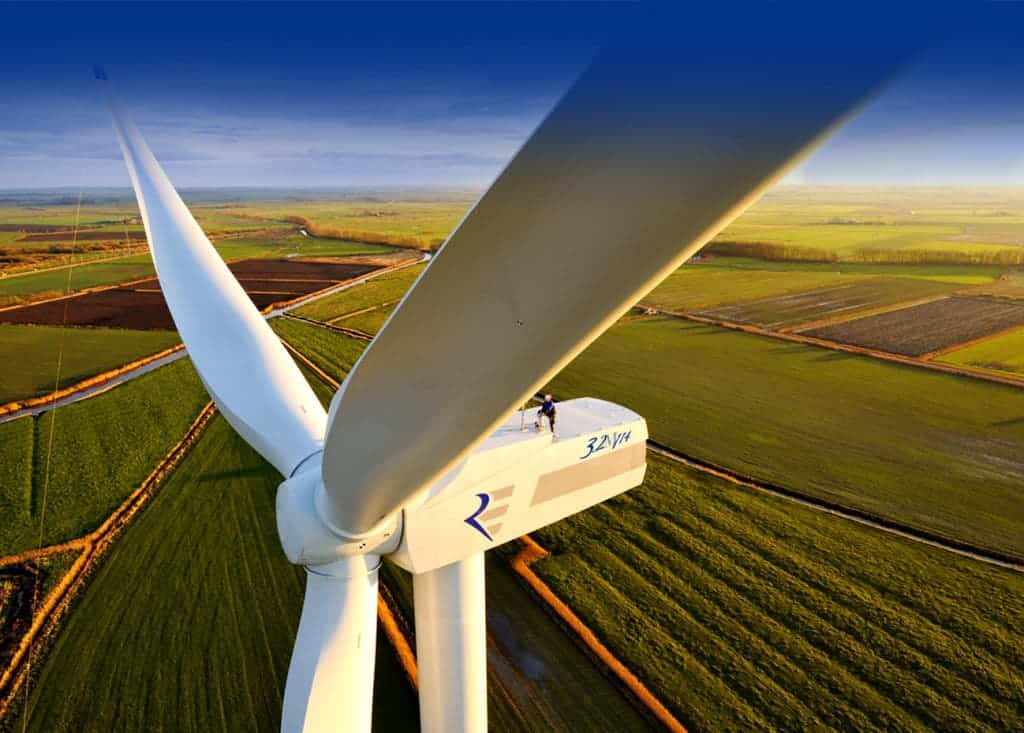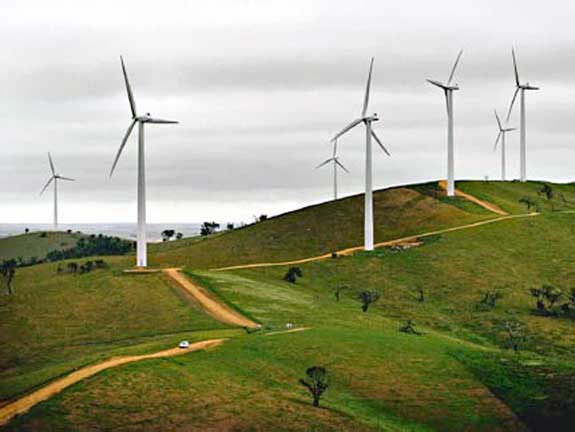Among the criticism that wind energy gets, one main idea some people complain about is that wind turbines are noisy; some people have even went as far as to claim that even though most of the created noise is way below the range of human hearing (infrasounds), it can cause health problems, including heart issues and vertigo. Now, a study conducted by acoustical experts from Australia has shown that this idea is nothing more than pseudo science mumbo jumbo.

The Association of Australian Acoustical consultants found that that infrasound generated by wind turbines is less loud than the infrasound created by a human heartbeat. Even though the noise increases as the wind speed increases, you’re never going to hear it – it will always be masked by the natural noise of the wind as it passes through the environment. The acoustic engineers showed that “those investigations conclude that infrasound levels adjacent to wind farms are below the threshold of perception and below currently accepted limits set for infrasound.”
So even though the created noise is relative, people are subjected to far more significant sources of noise every day in every urban environment – the sound of cars, aircraft, wind, and waves – all do much more noise than wind turbines, and all are still in the tolerated limits.
“Our environment has lots of infrasound already in it, the levels generated by wind farms from our point of view are quite low in comparison and they’re no higher than what is already out there in the natural environment. … People themselves generate infrasound through things like their own heartbeat, through breathing and these levels of infrasound can be substantially higher than an external noise source.”
So why did people believe that it was the turbines causing them harm? Some even went to the doctors reporting symptomes of what came to be called “Wind Turbine Syndrome”. As it turns out, they were simply suffering from a nocebo (the negative, opposite of a placebo); people simply think they hear sounds which will make them sick, and they suggestion themselves into becoming sick. The human mind is a wonderful place.







